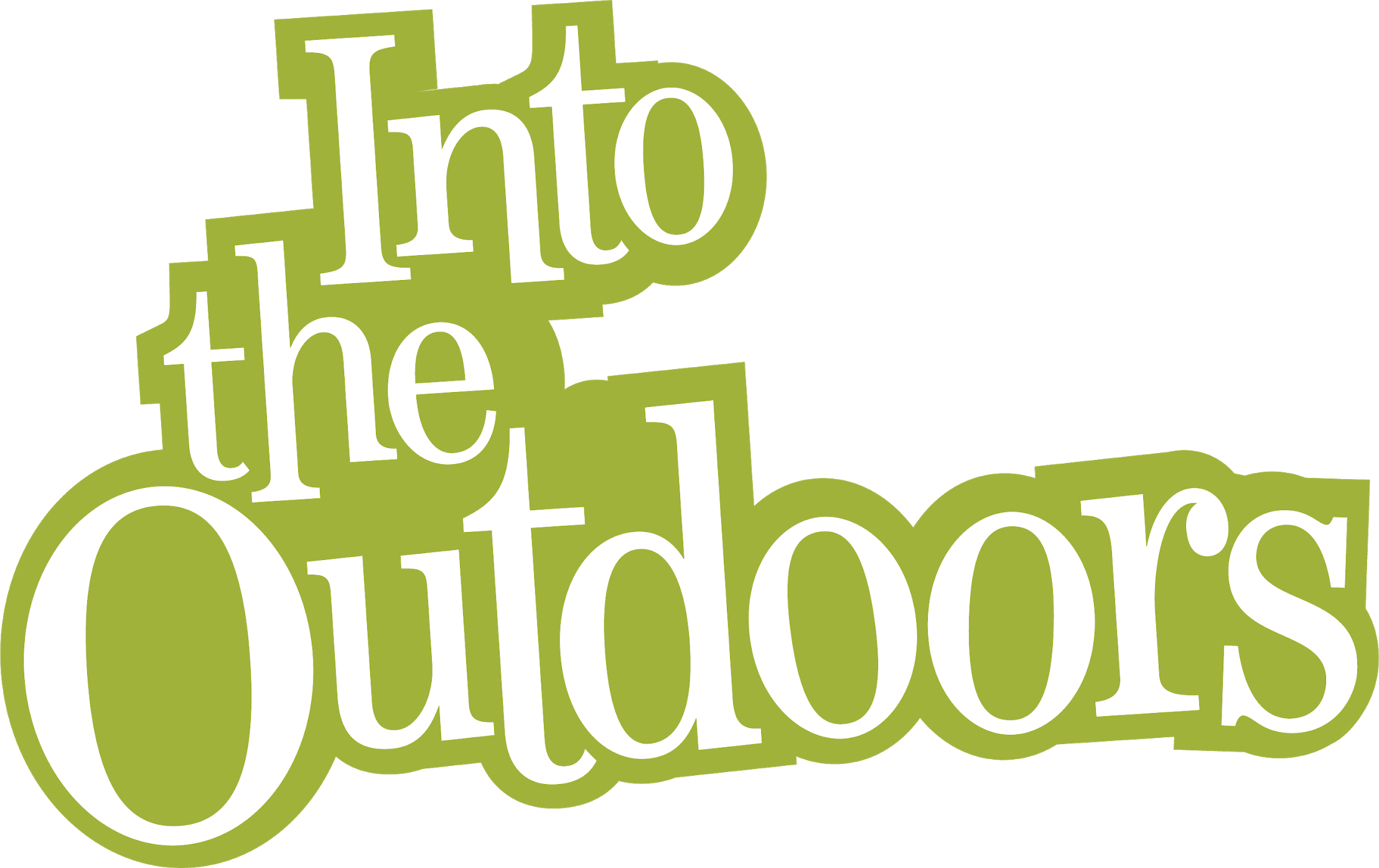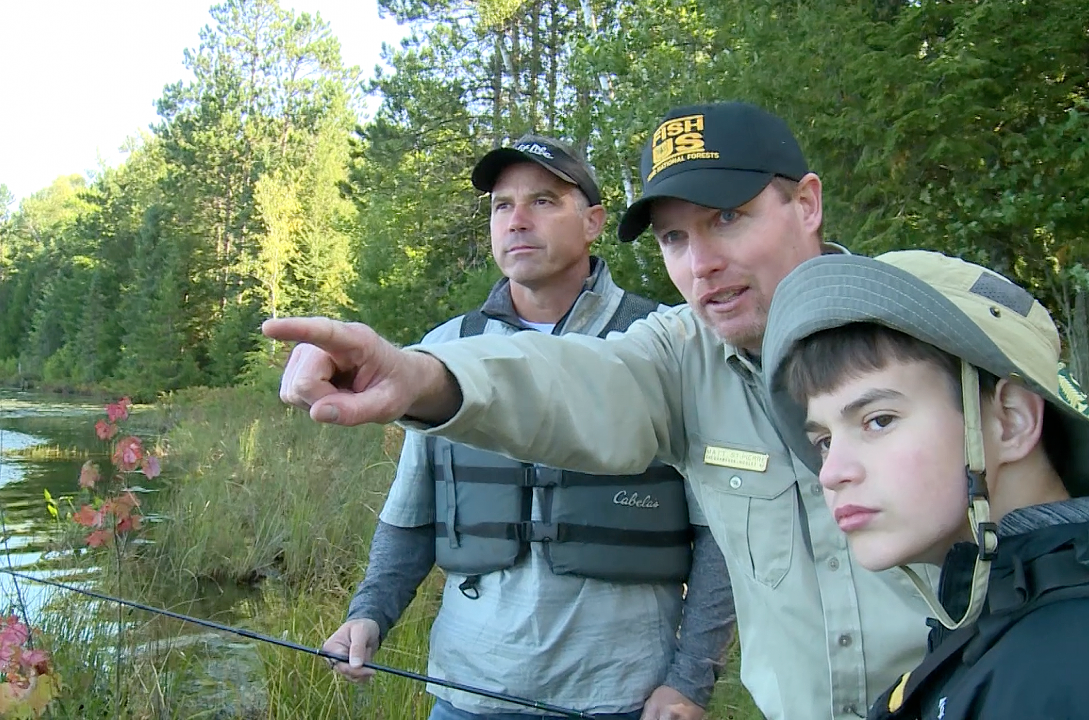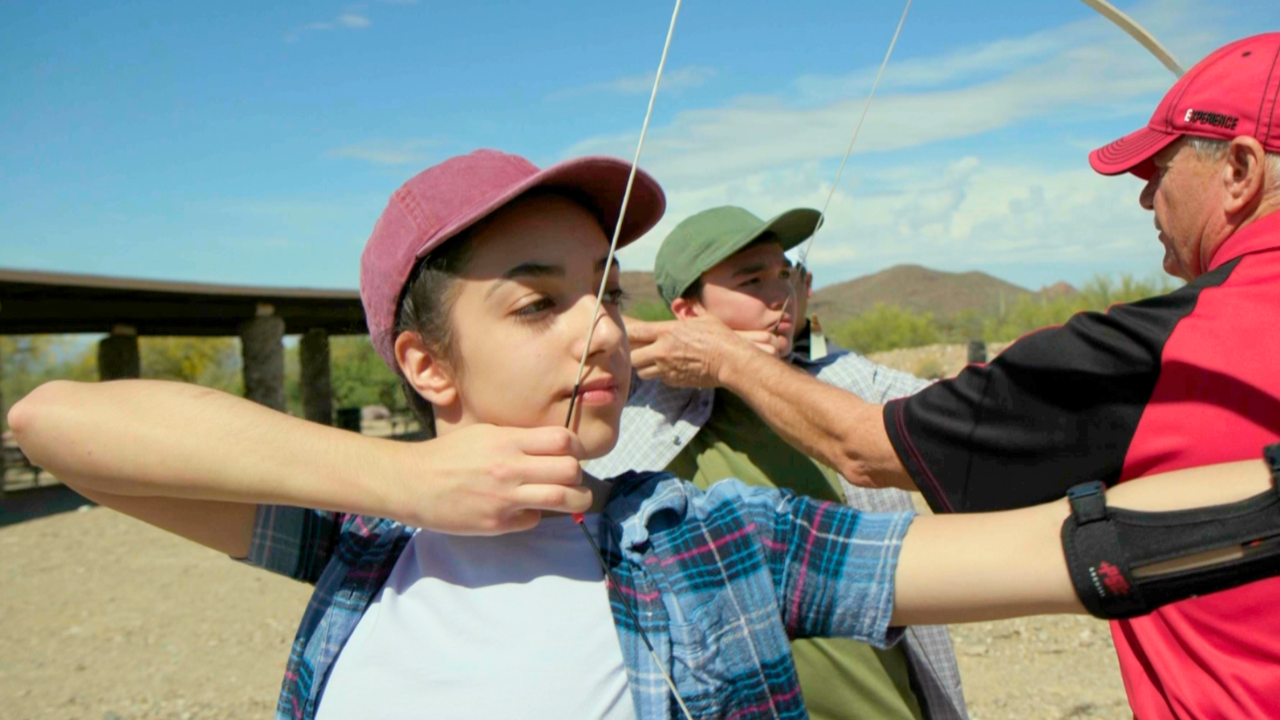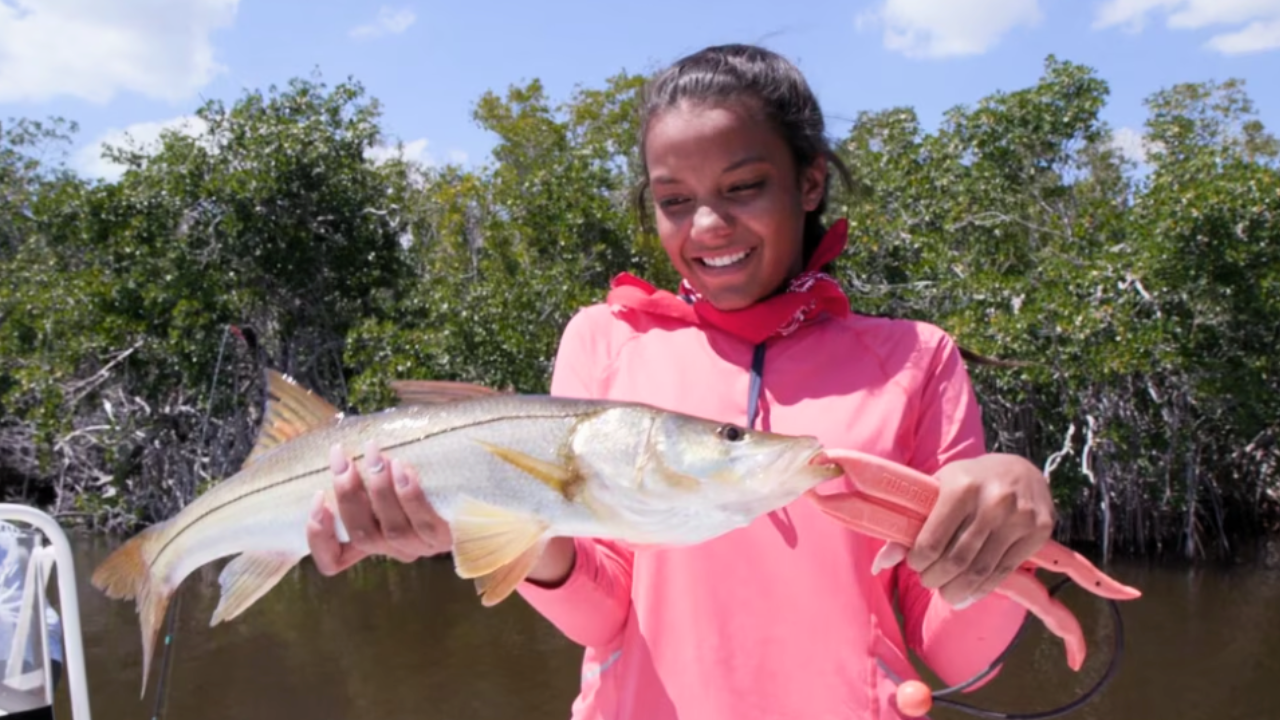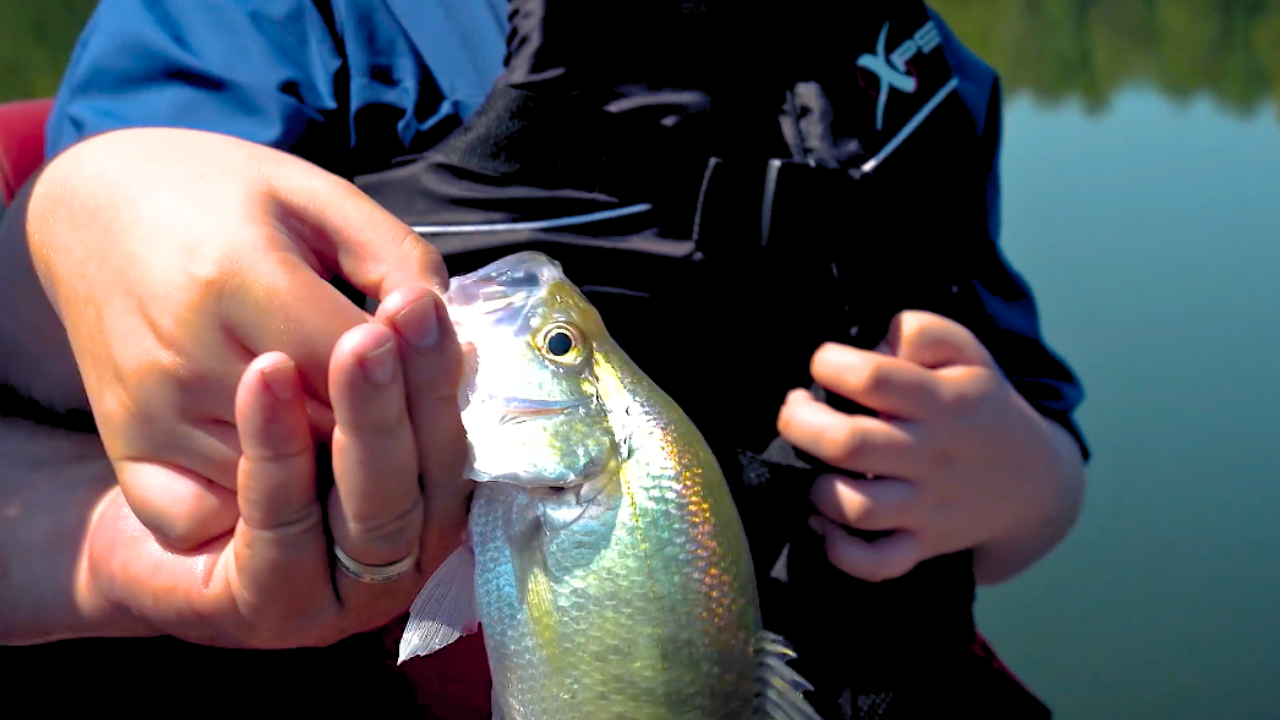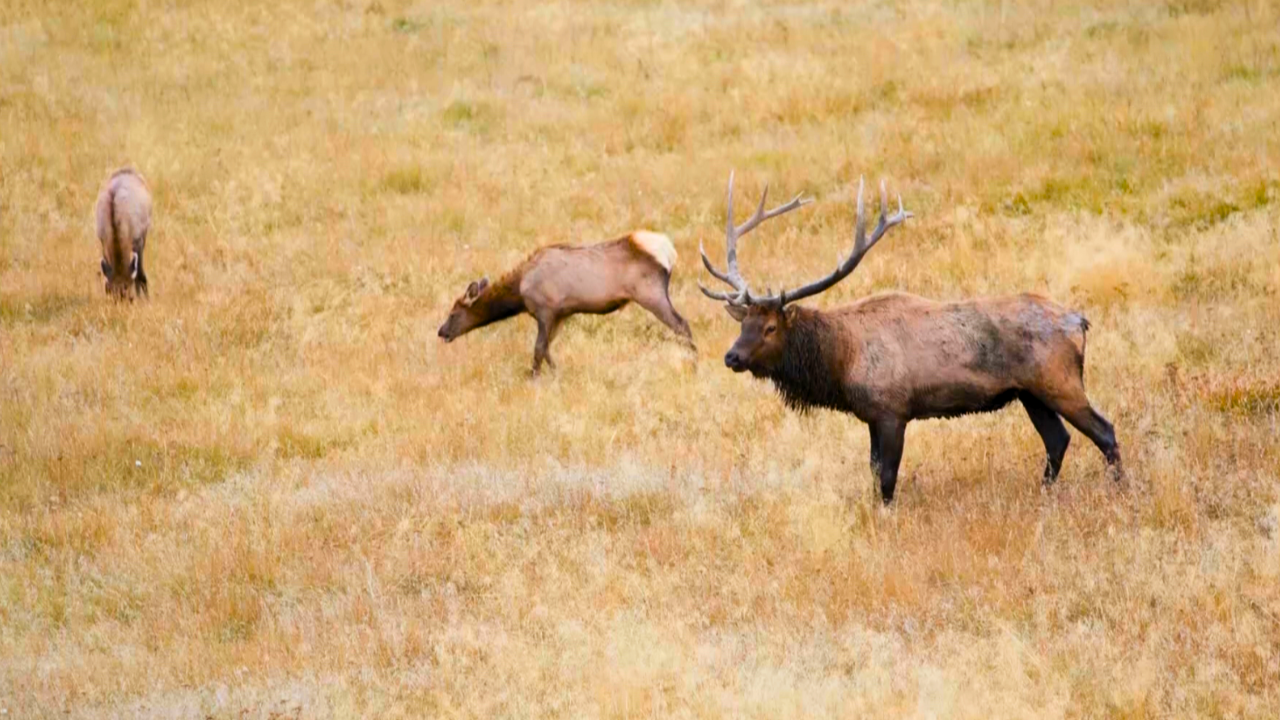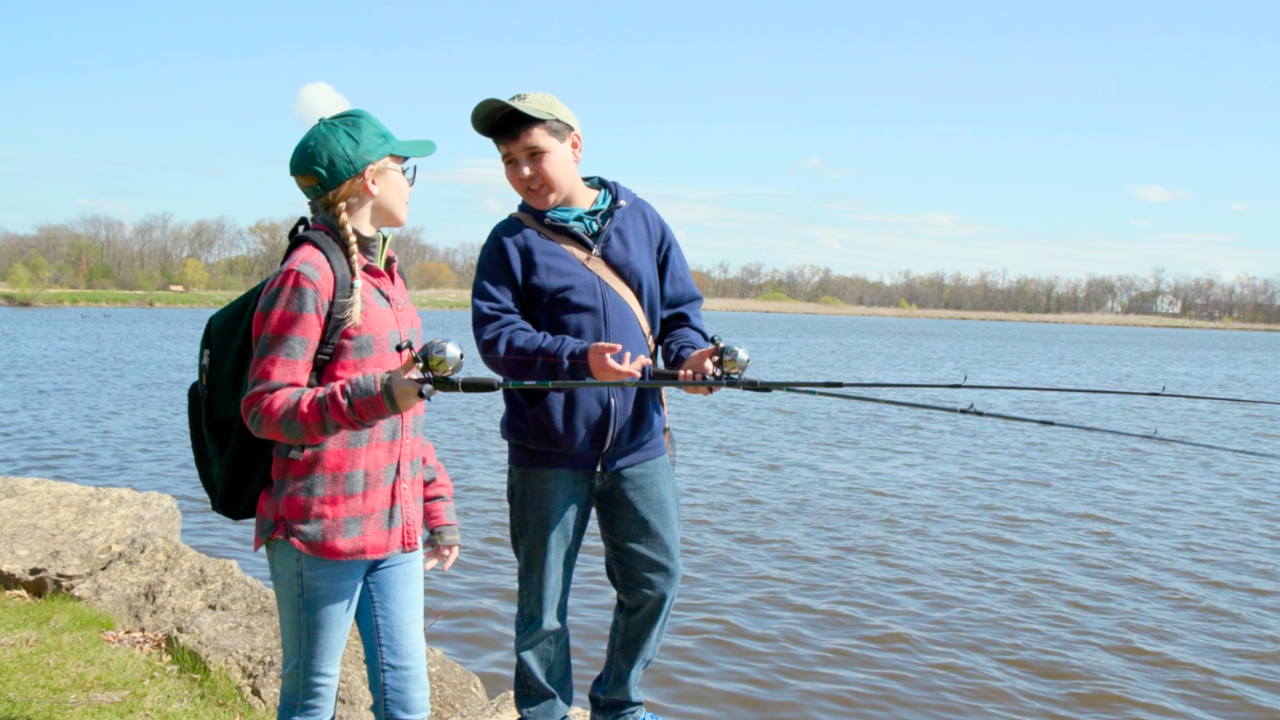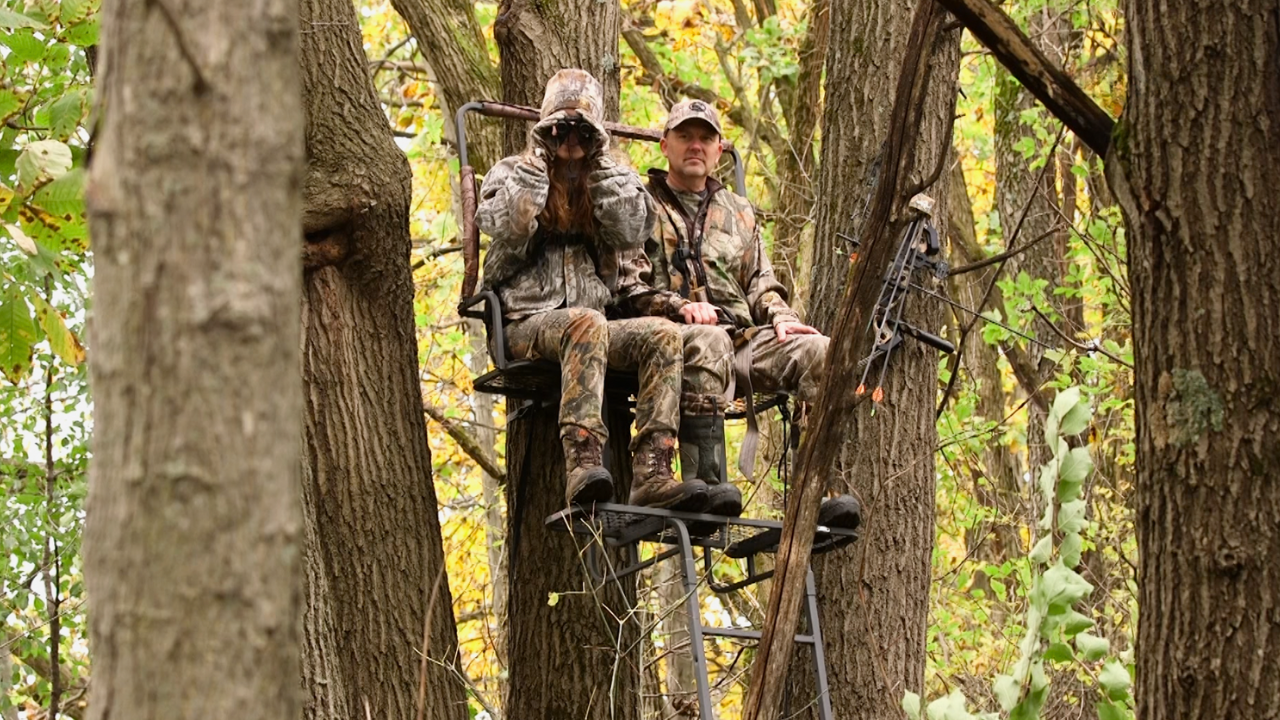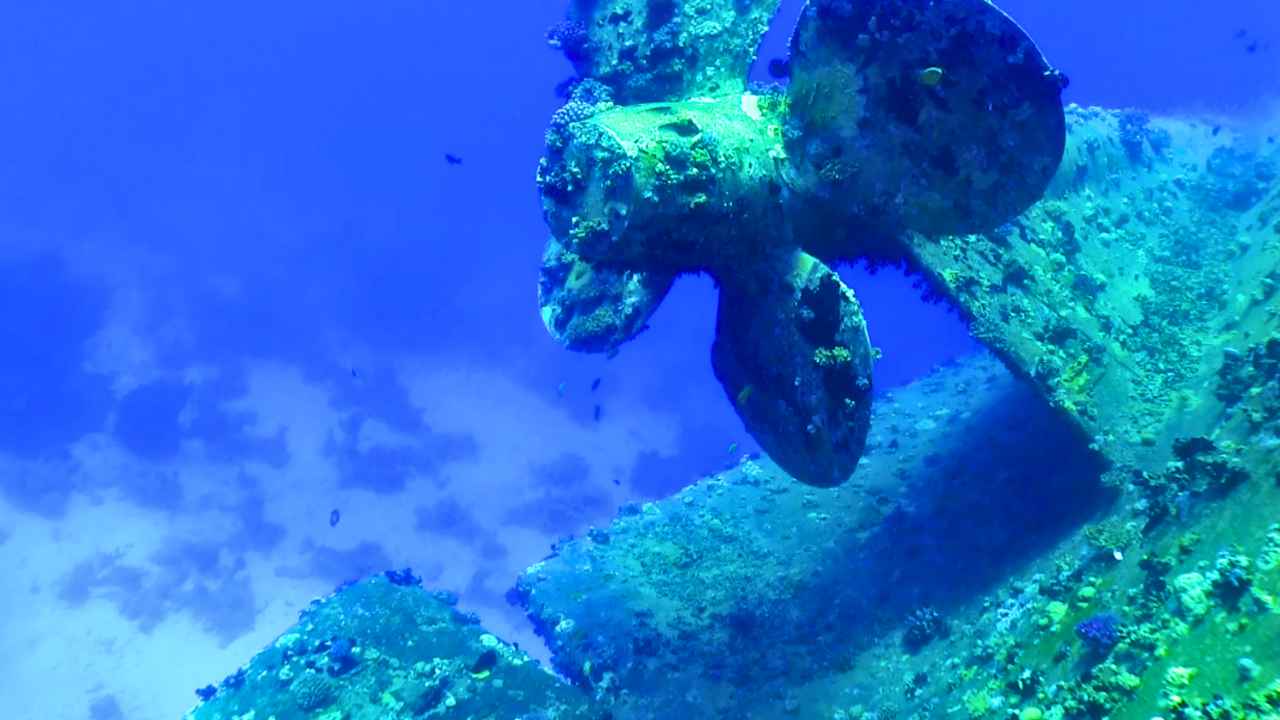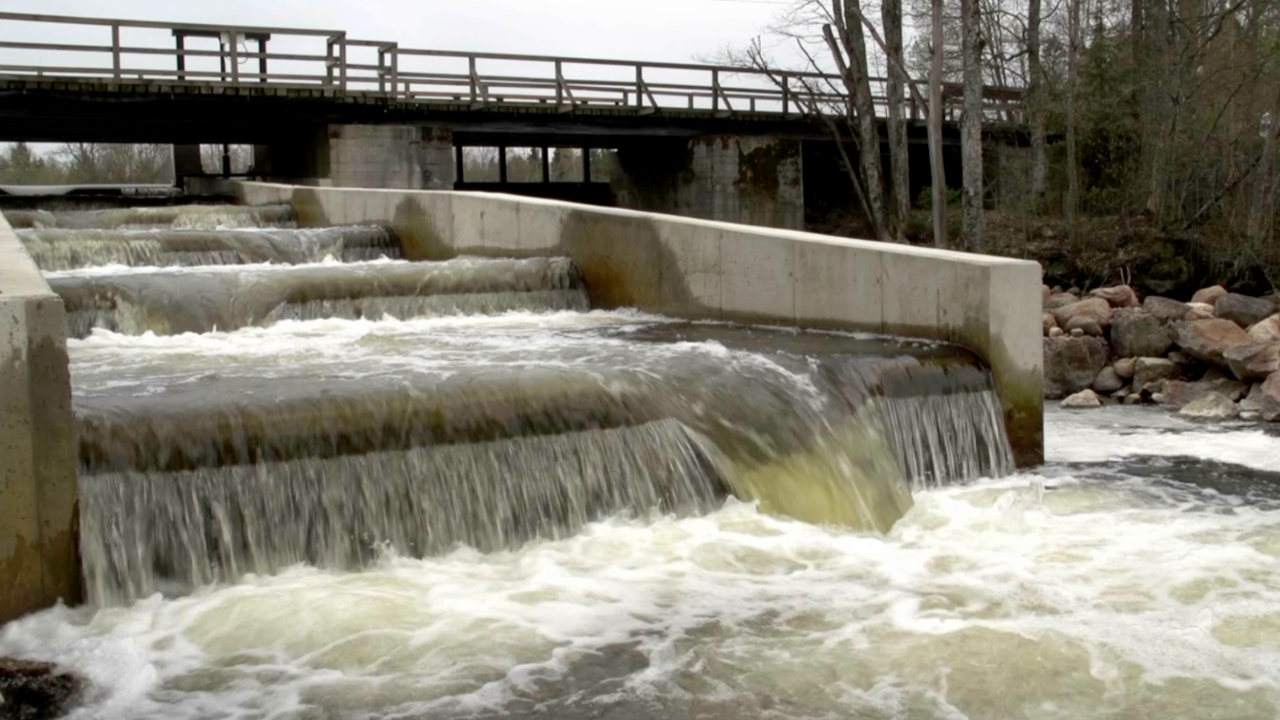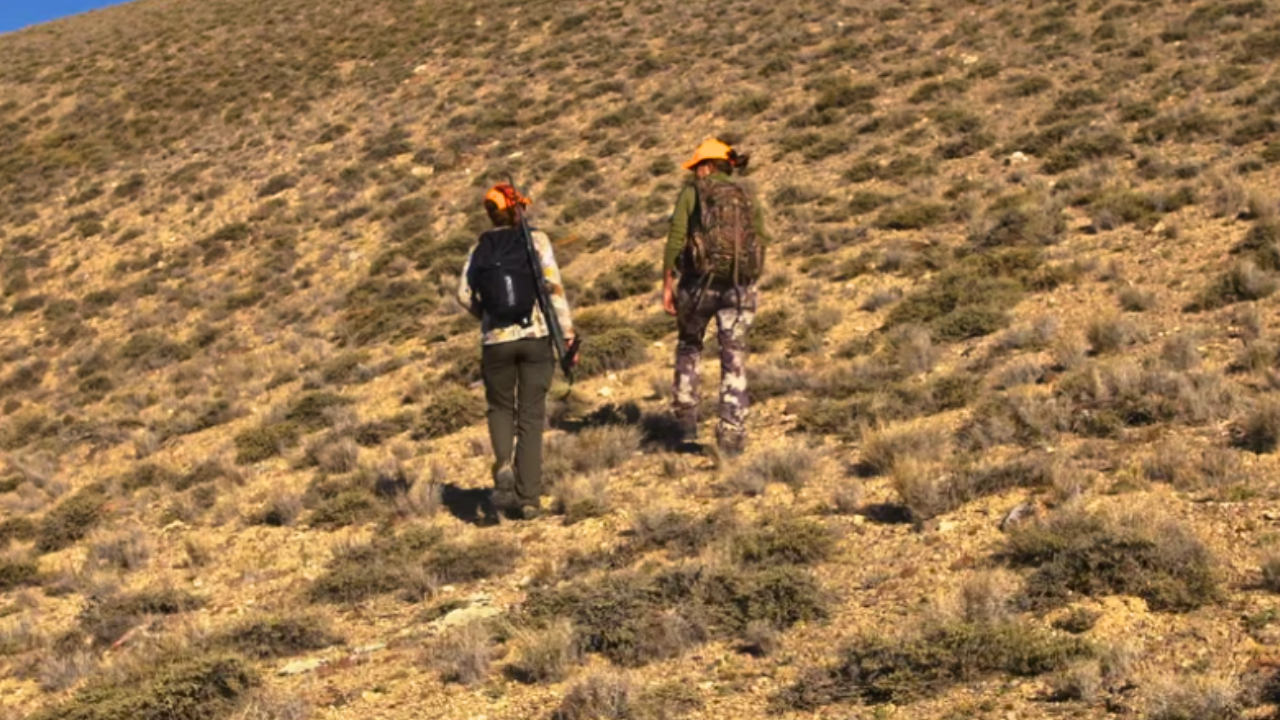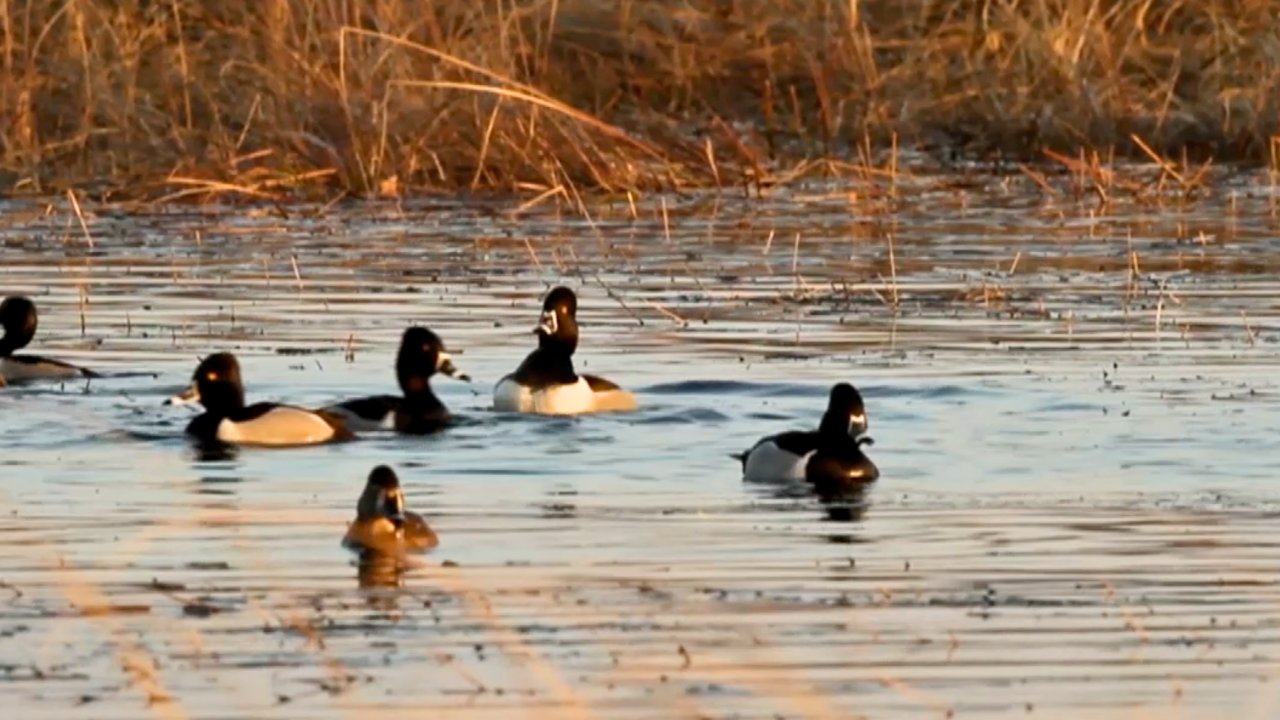Outdoor Recreation and Adventure
Earth & Environmental / Space Science
Wildlife Conservation
Wildlife Conservation
Energy / Physical Science
Natural Resource Science
Careers in Science
What is…
Wildlife Conservation?
Wolves, along with many other unique, endangered and critically endangered species continue to roam in remote parts of the Planet, thanks to groups like the World Wildlife Organization and United States Fish and Wildlife Service. Learn about all things animal conservation, from the preservation and protection of wildlife and fisheries to water ecosystems.
Fun Fact
How-l about this fun factoid! A wolf’s signature howl is used as a tool of communication between packs. In fact, each wolf pack uses their own distinctive howl, which they can identify and hear from up to ten miles away!
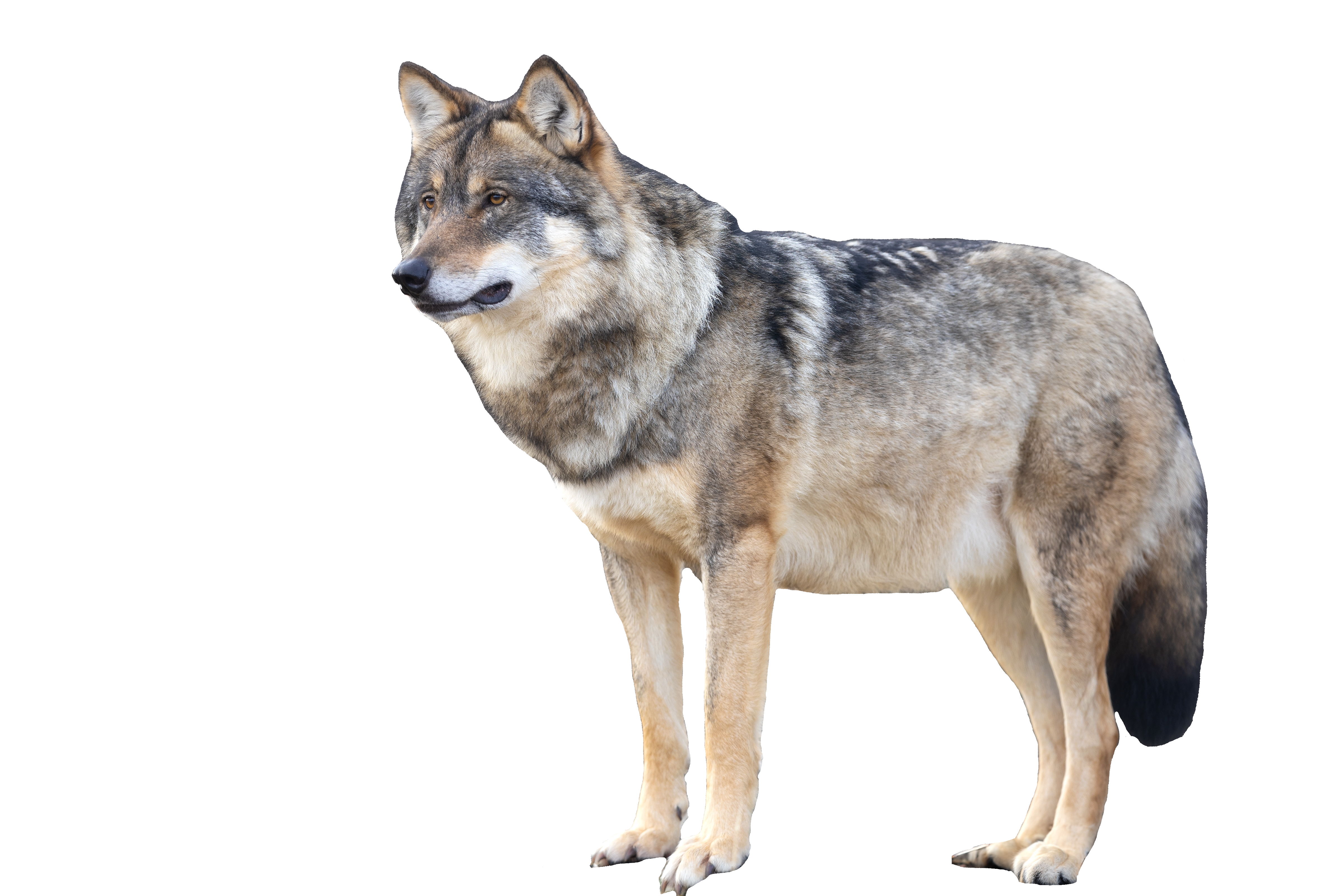
Learn More Here:
Here are videos related to
Wildlife Conservation!
No results found.
